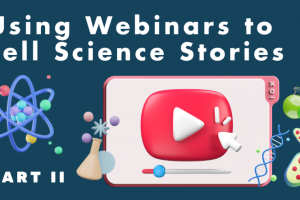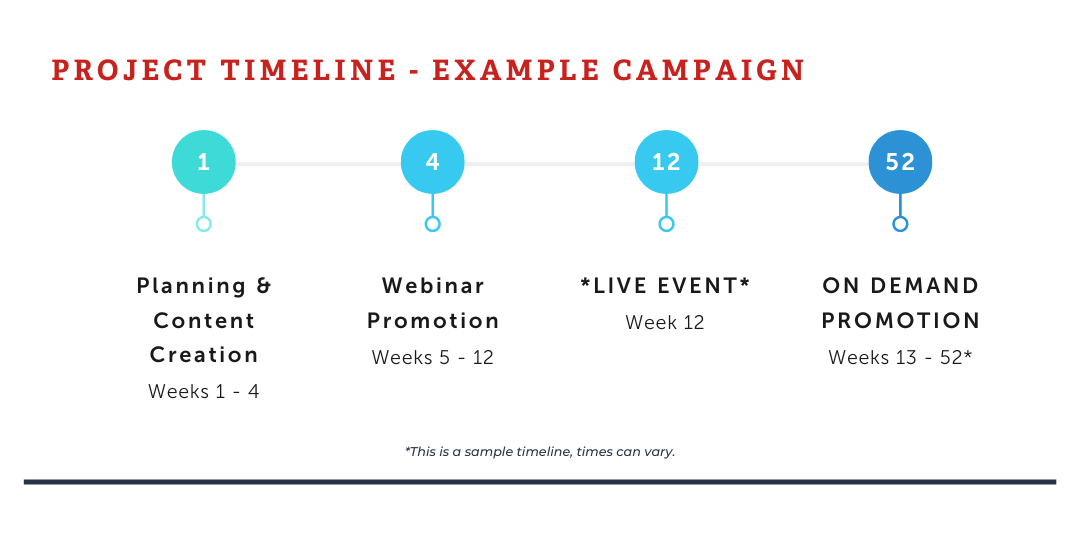Using Webinars to Tell Science Stories – PART II


In part 1 of this interview, we discussed the benefits of using webinars and what it takes to create the finished product. In Part II, we carry on our conversation with Danny Layzell, Virtual Events Manager at AZoNetwork, and dive a little deeper into production considerations, different types of webinars, and how this can fit into your marketing mix.
What should companies consider when thinking about developing a webinar?
Questions that you need to ask yourself include; who will project manage the webinar, the content and speakers, what are the promotion plans, and what to do after the event has passed?
Other high-level questions include; how does this webinar fit in with their overall marketing strategy and how are you coordinating with your product and sales colleagues?
We assign a project manager from AZoNetwork to coordinate each campaign, and to work very closely with the project manager on the client side. This helps take away a large percentage of the stress and responsibility so that the client can focus on the content and we can ensure the production, promotion, and reporting are taken care of.
Typically we work on a 12-month project timeline that is monitored through our webinar reporting platform, AZoIntel.

Are there different types of webinars and how do you decide which type will work for you?
There are many types of webinars and new ideas that are always cropping up.
We touched on the ‘live Q&A format’ in this first article, then there is the 60-minute traditional seminar followed by a Q&A webinar, as well as things like ‘lunch and learn’ or 15-minute ‘coffee break’ sessions. LinkedIn or YouTube Live is another that
If your idea involves video and engaging an audience, then we can make it work.
The important thing to consider is what is the best method of communicating your key messages to the audience.
Where do webinars fit within the marketing mix?
For many reasons webinars can be the strategic high-impact content that your other content marketing efforts flow from.
For each webinar campaign you run, you will be able to repurpose the webinar for blog content, Q&A eBooks, social media snippets, and much more.
As with any marketing campaign, it’s important to include multiple touchpoints, coordinate with your product and sales team, and set reasonable KPIs so you can measure your success.
How do you measure success?
There are so many buying touch points now – both online and offline – that it is important to measure both at an individual marketing level (e.g., the webinar) and at an overall campaign level.
So success should be measured at the webinar level and the overall campaign level.
At the webinar level, you want to track and measure sign-ups, attendance rates, engagement levels, and registration, poll, and survey data. Analyzing and actioning this data allows you to segment your audience and decide on the next actions based on intent.
Then at the campaign level, it's about how many of those leads you were able to convert into sales.
Do you have any recent examples of success stories?
A couple comes to mind.
One recent client was so happy with their results that had put up a recognition notice about our work on their project team’s notification board as a way of noting people outside their internal team for work affecting the product.
Another one from last week simply stated that it was the best webinar results they had ever had.
Hearing feedback like this is always great, and it’s an absolute pleasure to be able to achieve these types of results for our clients and to play a small part in helping them to share their science with new audiences and to generate leads that convert to sales.
Do you want to learn more about webinars?
You can learn more about our webinar services here or read part 1 of the interview with Danny here.
Source: Read Full Article




